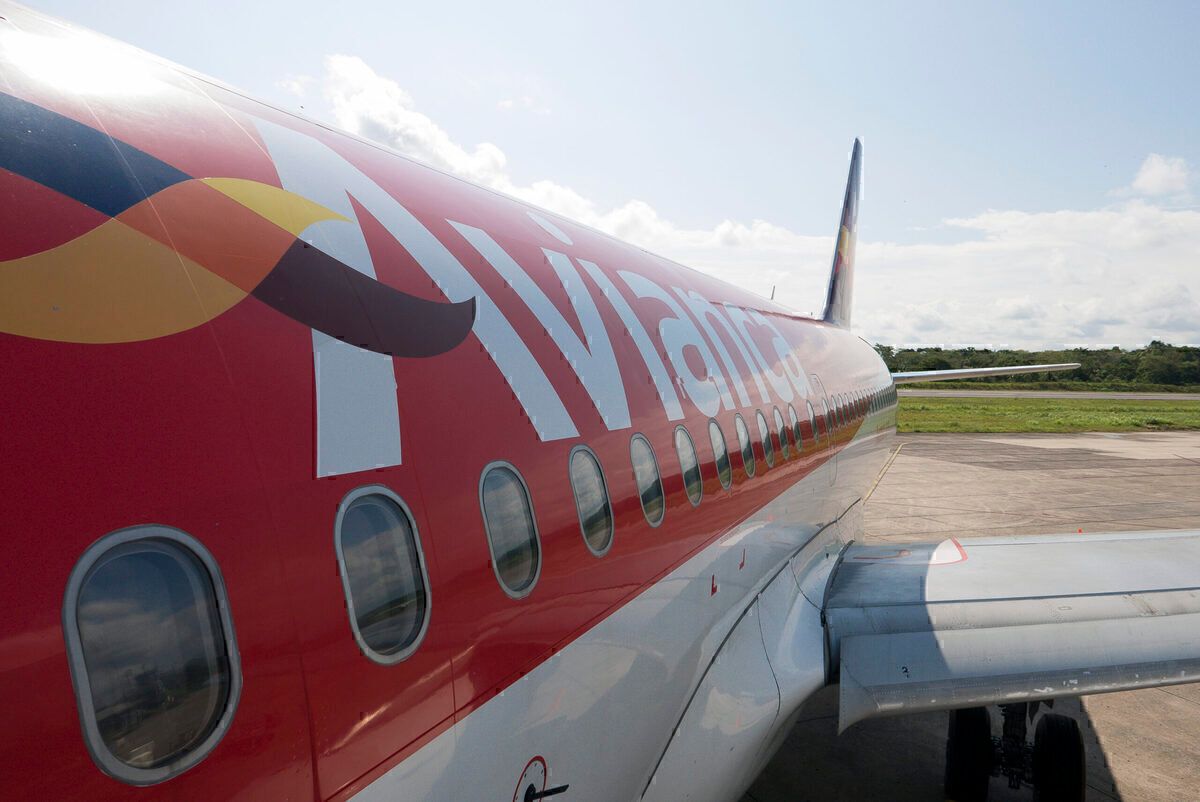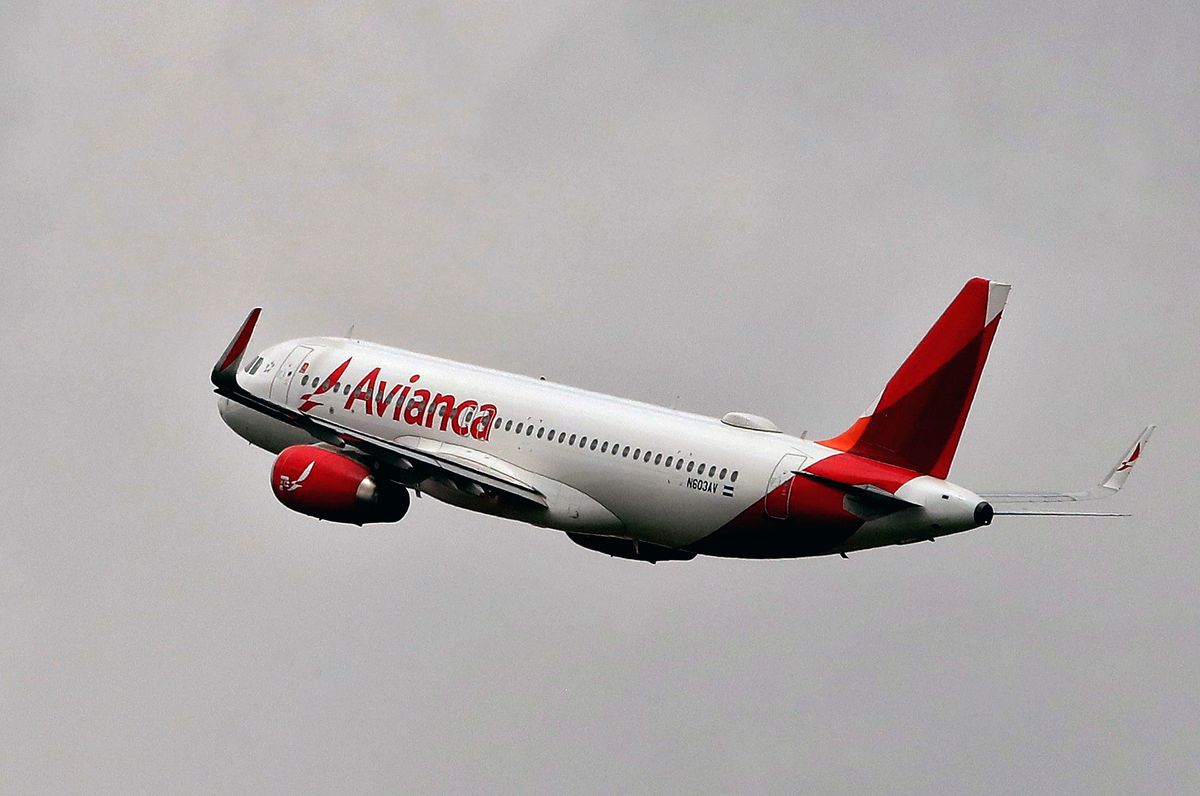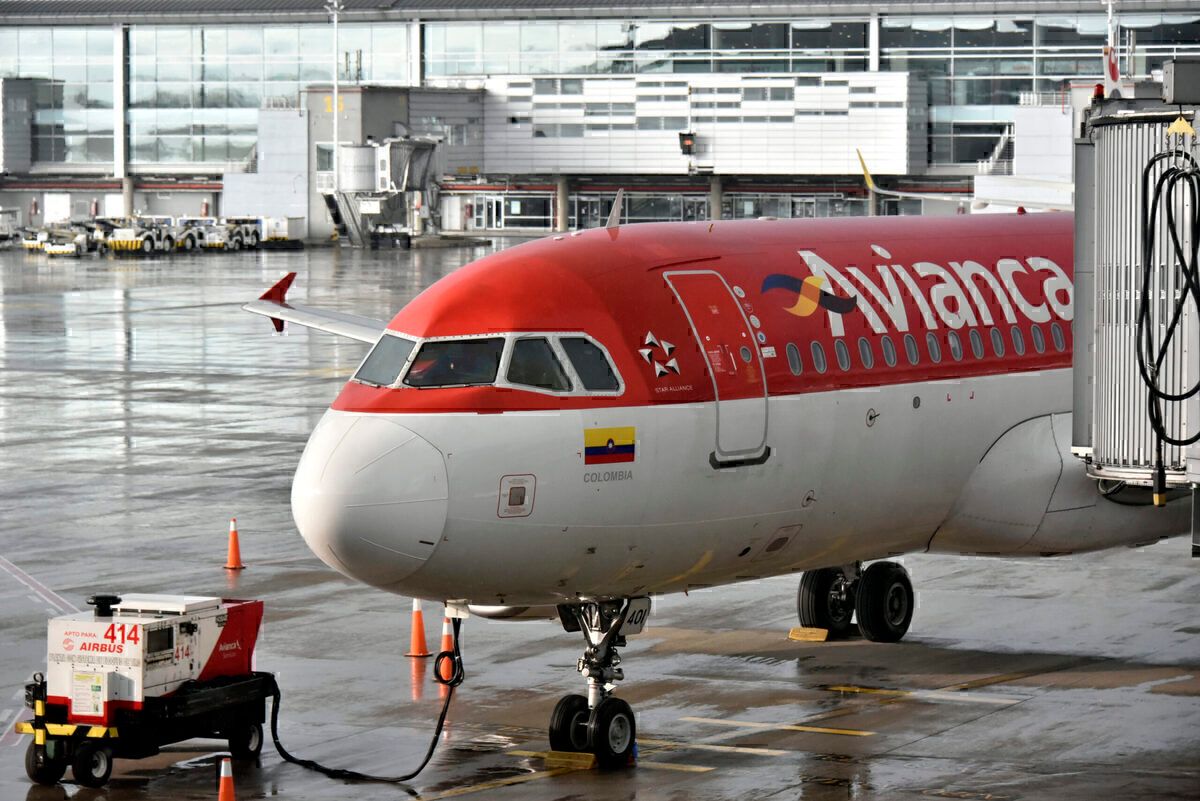This week, Avianca announced its plans to raise US$1.8 billion of exit financing to refinance approximately US$1.4 billion of its Chapter 11 funding. The South American airline aims to exit its bankruptcy process later this year successfully. Let’s investigate further.
What does it need to exit Chapter 11?
Avianca was the first of three Latin American airlines to file for a Chapter 11 bankruptcy in 2020. The South American company had no other option following an economic turmoil that led to a nearly US$900 million net loss in 2019. Then, the COVID-19 pandemic crippled, even more, the finances of Avianca.
During its Chapter 11 process, the airline obtained access to US$2 billion in Debtor-In-Possession Funding (DIP Funding). This money came in two tranches worth US$1.27 billion and US$722 million, respectively.
On Tuesday, Avianca filed a Form 6-K at the United States Securities and Exchange Commission, publishing relevant information regarding its Chapter 11 process. It said,
“Avianca expects to emerge from the Chapter 11 process within 2021. As part of its emergence, Avianca plans to raise US$1.8 billion of exit financing (debt and equity) to refinance approximately US$1.4 billion of Tranche A DIP obligations.”
Additionally, the airline will provide approximately US$400 million in incremental liquidity to meet its target of having US$1 billion in exit liquidity.
What other measures is Avianca taking?
Since filing for bankruptcy, Avianca has identified more than 300 individual initiatives to reduce costs. According to the airline, these 300 measures will result in more than USD$500 million of annual savings. Additionally, they will reduce the passenger airlines’ cost per available seat kilometer (CASK).
But that’s not all; Avianca has already reduced the size of its fleet; it had announced a workforce reduction of up to 30%; the airline has also launched and renewed codeshare agreements with several partners like GOL, and has even simplified its rebooking helping passengers on disrupted flights.
The airline added,
“A substantial majority of these initiatives have been implemented (...), with the remainder planned for implementation over the 2021-2022 period. Avianca is well along in its fleet simplification and cost reduction program.”
This fleet program will result in an overall reduction of more than US$2.0 billion in aircraft debt and lease obligations through 2022.
Stay informed: Sign up for our daily and weekly aviation news digests.
A closer look at Avianca’s finances
In 2020, Avianca posted a net loss of US$1.09 billion, following 2019’s US$893 million net loss. The airline saw a 62% decline in its revenues due to the impact of the COVID-19 pandemic.
Avianca closed its Peru branch during 2020. This is the second exit from a South American market in the last three years after Avianca’s Brazil demise.
From a fleet perspective, Avianca has already rejected the leasing contracts of 25 aircraft. It went from having 171 planes in 2019 to 146 last year.
Pre-pandemic, Avianca had 27 A319, 57 A320, ten A320neo, 13 A321, two A321neo, ten A330, six A330F, five A300F, 13 B787-8, one B787-9, 15 ATR-72, two B767F, and ten Embraer E190.
Avianca reduced its A319 fleet by two. It also rejected two A320 contracts, two A321, three A330, two A300F, four ATR-72, and all its Embraer E190 fleet.
Have you ever traveled with Avianca? How was it? Let us know in the comments.



